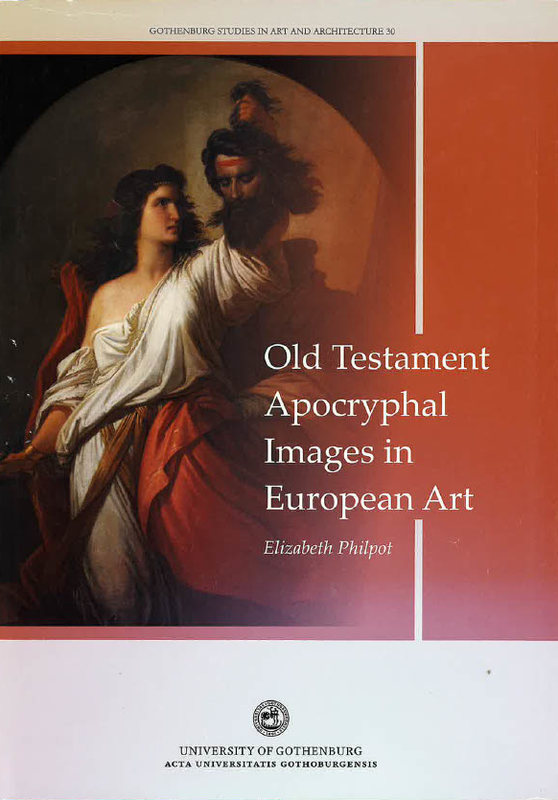This dissertation deals with representations in European art from the Old Testament Apocrypha. The OT Apocrypha are books of the Bible which are not part of the Hebrew Canon. Four Books from the Apocrypha have been chosen for an in-depth study - The Book of Tobit, the Book of Judith, Additions to the Book of Esther and Additions to the Book of Daniel with the stories of the idol Bel, the dragon god, Susanna and the Elders, the Three Men in the Fiery Furnace and Daniel in the Lions’ Den. The main aims are to trace the different developments of Apocryphal images in both Roman Catholic and Protestant parts of Europe from one century to another, beginning with the catacombs in Rome, and to see to what extent the biblical and apocryphal texts have influenced or inspired artists, sculptors, printmakers and other artisans. This process of change moves from the typological during the medieval period, in the case of Judith and Esther to the civic and historical during the Renaissance, especially in Florence, and then to the gruesome and horrific images in the case of Judith during the Baroque period, the more restrained images during the Rococo and then finishing with the more realistic depictions during the nineteenth century when much of the religious content had been lost. The main emphasis, however, is on representations from before, during and after the Reformation when the greatest number of images were produced. Consideration is also given to apocryphal images, especially to wall paintings, broadsheets, bonader, bonadsmålningar and dalmålningar in three of the Scandinavian countries – Norway, Sweden and Denmark, including an assessment of why there are so few images from the Apocrypha in Scandinavia, whereas in the rest of Europe there is a superfluity of images. These four books have been chosen because these have attracted the greatest number of paintings. The main focus of discussion centres, therefore, in the first instance, around paintings and then draws on representations of stained glass, illuminated manuscripts woodcuts, prints and church woodcarvings. The reasons for the different functions of Apocryphal images in both the Roman Catholic and Protestant worlds are discussed. The thesis is made up of seven chapters. The first chapter gives an explanation of the Old Testament Apocrypha and sets out an account of Bibles containing the Apocrypha. The second chapter looks at prints and illustrated Bibles and the use which artists might have made of these in formulating their images. Chapters three to six discusses representations from the books outlined above and chapter seven focuses on the paintings of Dalecarlia (dalmålningar) from the period 1750-1870. These images are examined and analysed from a art historical and theological perspective.


